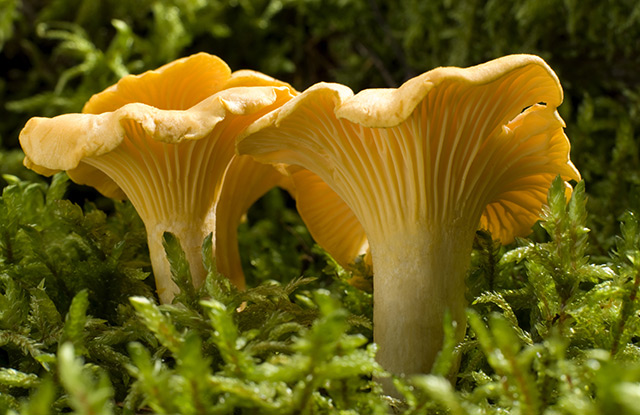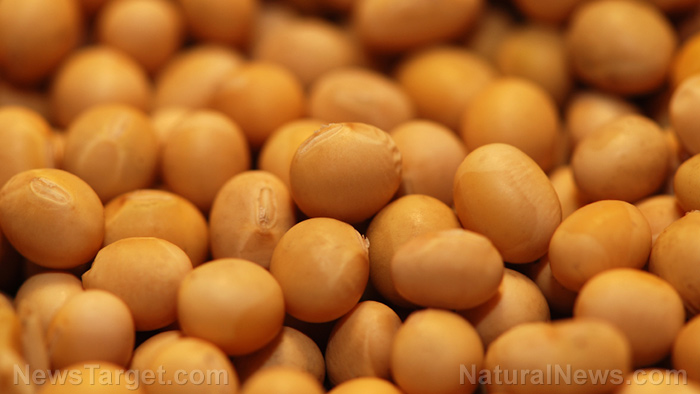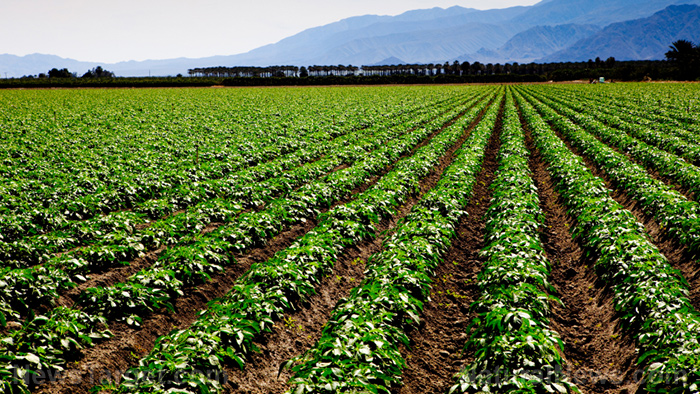Scientists make healthier oat cookies by replacing white flour with baru
10/17/2018 / By Michelle Simmons

In a study published in the journal Food Science and Technology, food scientists made oat cookies with baru almond (Dipteryx alata Vog.) instead of soy oil and wheat flour to make them more nutritious and environmentally friendly.
For the study, researchers from the University of Campinas and Instituto de Tecnologia de Alimentos in Brazil initially conducted pilot tests to make cookies with additional nutritional properties and pleasant to taste. To make oat baru cookies, they replaced the soy oil completely with baru oil, while 30 percent wheat flour was replaced with partially defatted baru flour.
The use of baru oil and partially defatted baru flour to bakery products like cookies added nutritional content to the cookies. The oat baru cookies contained a higher moisture because of the high dietary fiber content. This resulted in the oat baru cookies having lower calorie content than traditional oat cookies. In addition, baru cookies had a higher content of monounsaturated fatty acids, protein, and iron. Moreover, the total phenolic compound content was approximately doubled in the oat baru cookies. The use of baru flour in foods can help diversify products with functional appeal and contribute to the exploration of regional products, promoting the sustainable development of native areas; while the use of partially defatted baru flour reduces waste parts that are usually regarded as non-consumables, reducing costs and waste generated to the environment.
Based on the findings of the study, the researchers concluded that the use of the whole baru almond in foods can be an alternative ingredient that offers both nutritional and environmental benefits.
More on the benefits of baru almonds on health and the environmental
Baru almond is an edible seed from the fruit of the baru tree, a tree native to the Cerrado, a vast tropical savanna ecoregion that covers more than 20 percent of Brazil. This nut species could help solve the environmental crisis unfolding in Brazil. The Cerrado is vast, but it is one of the most unprotected savannas in the world with less than two percent of its region protected in national parks and conservation areas. Because of unsustainable agricultural activities, especially soy production, the native habitats and rich biodiversity of the Cerrado are being destroyed. However, having an economy for harvesting and selling baru almonds provides small farmers and landowners a reason to keep baru almond trees and the vegetation around them intact rather than burning it down. In turn, this will protect the natural vegetation of the Cerrado.
Baru almonds also help the environment because they have low water footprint unlike almost all other nuts, seeds, and legumes. They are collected in the wild and do not need irrigation. Baru tree only utilizes water from the rain and moisture that naturally occurs in the soil.
Baru almonds are also considered as a superfood because of its nutritional content. This superfood is rich in antioxidants and has more proteins compared to cashews, peanuts, and pequi almonds. Furthermore, it is an easily digestible protein, which means that it is readily available for the body to use. Baru almonds also contain fiber, good fats, and high levels of iron, zinc, and fiber. Moreover, they do not contain the aflatoxins and mold issues frequently associated with peanut allergies.
One of the most common ways to prepare baru almonds is to roast them. Through roasting, baru almonds the anti-nutrients, such as phytic acid, that they contain are removed. Roasting also enhances their flavor and produces more nutrients for the body. The roasted baru almond can be eaten as a whole or used to make flour, while raw baru nut can be used to make oil.
Read more news stories and studies on nutritious foods by going to FoodScience.news.
Sources include:
Tagged Under: baru, baru almonds, baru nuts, Diets, food science, functional foods, natural ingredients, nutrients, nutrition, oat cookies



















